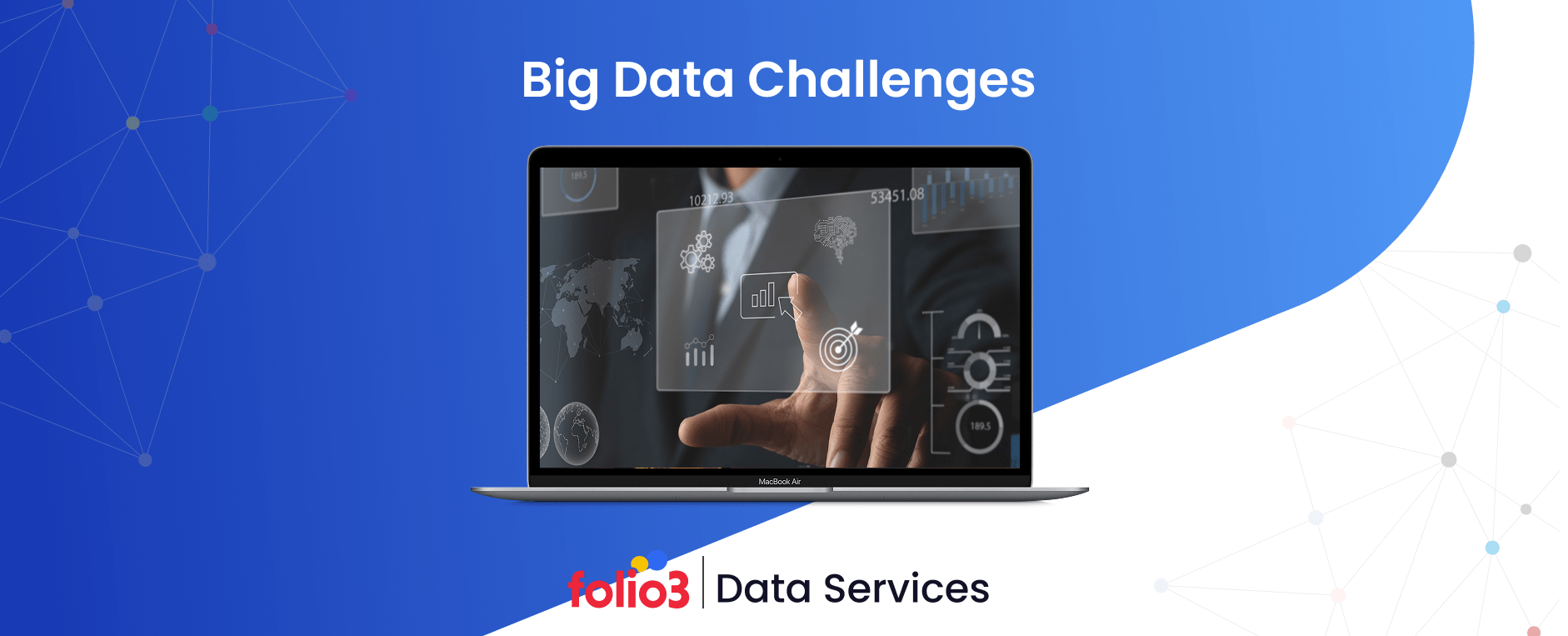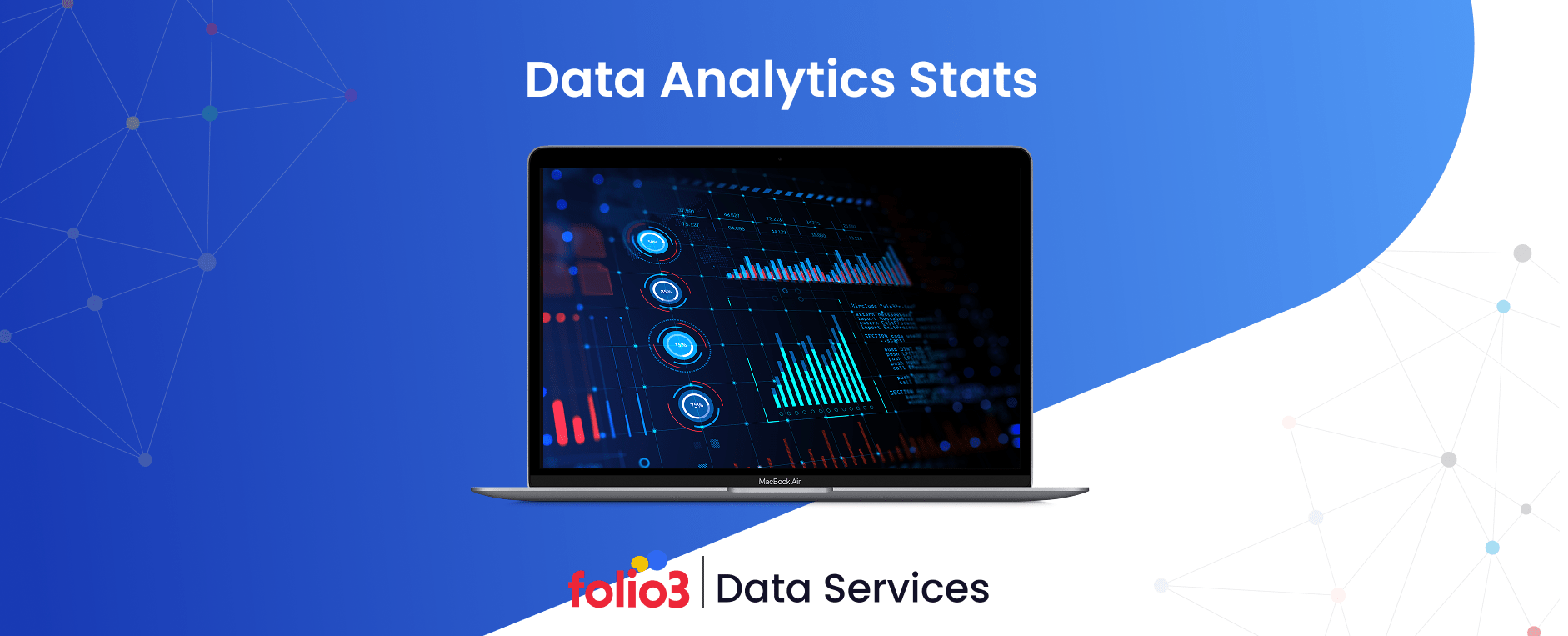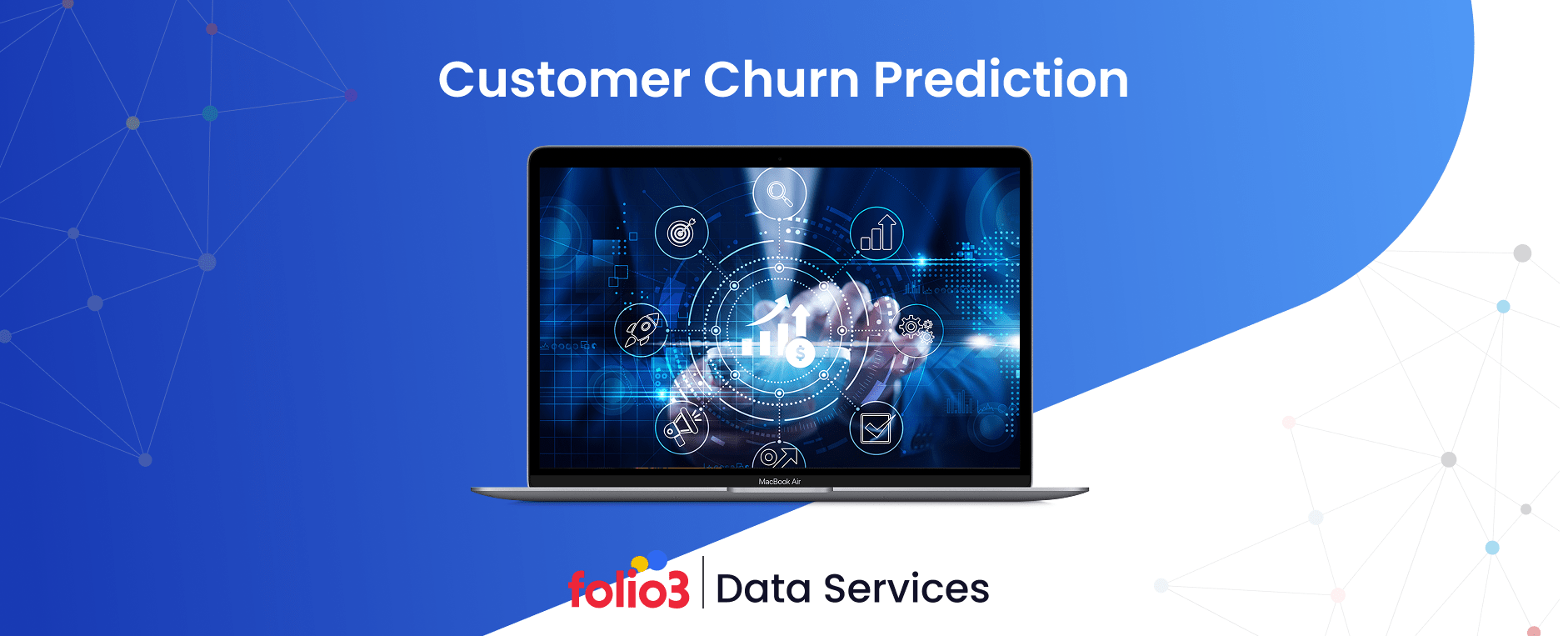Businesses generate and handle vast amounts of information from various sources, including customer interactions, social media, IoT devices, and more. However, studies reveal that 73% of enterprise data goes unused for analytics due to data silos and fragmentation across different systems and formats
This scattered data creates significant challenges for companies trying to make informed, data-backed decisions. As a result, many organizations struggle to extract meaningful insights from their data, which hinders their ability to stay competitive and agile.
Data integration offers a powerful solution by consolidating disparate data sources into a unified view, breaking down silos, and enhancing data accessibility for better analysis. The benefits of this approach are clear: businesses that effectively unify their data see a 73% increase in data accessibility and can make decisions 33% faster than those that do not
In this blog, we’ll explore the core techniques of data integration, examining the methods, tools, and technologies that help modern businesses transform fragmented data into a cohesive whole.
What is Data Integration?
Data integration is the process of combining data from different sources to provide a unified and comprehensive view. This can include data from internal systems, such as customer records or financial reports, and external sources, such as social media and third-party applications.
The goal of data integration is to eliminate data silos, enable better analytics, and support data-driven decision-making by providing a centralized repository of information. Data integration involves merging data and transforming and cleaning it to ensure consistency and accuracy. With a consolidated view, businesses can generate actionable insights that drive strategies, operational improvements, and customer satisfaction.
Common Data Integration Techniques
Several techniques for integrating data are available, each with its strengths and use cases. Understanding these methods can help businesses choose the most suitable approach based on their requirements and infrastructure.
1. ETL (Extract, Transform, Load) and ELT (Extract, Load, Transform)
ETL and ELT are among the most widely used methods in data integration. In ETL, data is extracted from various sources, then transformed into a suitable format, and finally loaded into a target system, such as a data warehouse. ETL is ideal for structured data and is commonly used in traditional data warehousing. This process is essential for data engineering consulting services as it ensures structured data is efficiently handled, commonly used in traditional data warehousing.
Conversely, ELT involves loading data directly into the target system before applying transformations. This method is suitable for cloud-based data storage solutions that offer in-place processing capabilities, making it faster and more efficient for handling large volumes of unstructured data.
2. Data Virtualization
Data virtualization provides a real-time, integrated view across multiple sources without requiring physical consolidation, a strategy often highlighted in Data Integration Consulting. Instead of moving data, virtualization creates a virtual layer that accesses, retrieves, and integrates data from disparate sources on demand. This method is ideal for businesses needing quick, flexible access to their data without the cost and complexity of a traditional ETL process.
3. API-Based Integration
API-based integration leverages Application Programming Interfaces (APIs) to enable different applications to communicate with each other in real-time. APIs facilitate data sharing between platforms by allowing applications to request and exchange data without duplicating it. This approach is commonly used in cloud-based environments and is essential for seamless integration in modern, interconnected business ecosystems.
4. Manual and Middleware Integration
Manual integration involves manually consolidating data, which is often labor-intensive and prone to errors. Although it can be helpful for small datasets, manual integration needs more scalability and efficiency. Middleware, on the other hand, provides an intermediary software layer that connects disparate systems and enables automated data flow, ensuring smooth integration without extensive manual effort.
5. Service-Oriented Architecture (SOA) and Microservices
SOA is an architectural approach where applications are broken down into reusable services communicating over a network. Microservices, a subset of SOA, decompose applications into even smaller, independent services. SOA and microservices enable modular integration, making managing and scaling data systems across large organizations easier.
Reduce infrastructure costs while maintaining performance.
Shift from expensive hardware investments to scalable, cloud-native ELT solutions.
Types of Data Integration
Depending on the business needs and existing infrastructure, different data integration approaches can be applied to unify data from diverse sources. Here’s an overview of the primary types of data integration techniques.
1. Physical Data Integration
Physical data integration involves consolidating data from various sources into a single, centralized repository, making it ideal for structured, long-term data analysis.
- Data Warehousing: In this approach, data is extracted from different sources, transformed into a consistent format, and loaded into a central data warehouse. This method supports historical data analysis and is especially useful for generating business intelligence reports.
- Data Lakes: Data lakes are designed to store large amounts of raw, unstructured data from multiple sources. Unlike data warehouses, data lakes hold data in its original form until it’s needed for analysis, making them highly effective for big data and machine learning applications.
2. Logical Data Integration
Logical data integration creates a unified view of data without physically moving or replicating it, which can reduce storage costs and simplify access to real-time data.
- Data Virtualization: Data virtualization provides real-time access to data by creating a virtual layer that retrieves and integrates data from disparate sources on demand. This method is often used when immediate access to data is required, without the need for physical consolidation.
- Data Federation: Data federation combines data from various sources into a single, unified view, but without actually consolidating it. This technique is commonly used in applications that need live, up-to-date information from multiple systems and is especially useful when frequent updates are needed.
3. Application-Based Integration
Application-based integration enables data sharing across disparate applications by connecting them at the application layer. This type of integration is often used in cloud and on-premises environments where different systems need to communicate seamlessly.
- API-Based Integration: This approach uses APIs (Application Programming Interfaces) to allow applications to connect and share data in real-time, making it highly efficient for cloud environments. APIs help in integrating multiple applications by facilitating data exchange without duplication.
- Middleware Solutions: Middleware acts as a bridge between different applications, enabling smooth data transfer, transformation, and synchronization across platforms. Middleware solutions are effective in managing complex integrations and ensuring consistent data flow between systems.
4. Hybrid Data Integration
Hybrid data integration is a flexible approach that combines on-premises and cloud-based integration to support data from diverse sources. This type of integration allows businesses to leverage the benefits of cloud solutions while retaining control over on-premises data.
- On-Premises to Cloud Integration: This approach enables the connection between local systems and cloud platforms, allowing companies to take advantage of cloud storage and processing while maintaining their existing on-premises infrastructure.
- Multi-Cloud Data Integration: Multi-cloud integration supports data sharing and collaboration across multiple cloud environments. This type of integration is ideal for organizations that utilize services from different cloud providers, offering flexibility and minimizing data siloing across platforms.
We’ll help you eliminate errors and inconsistencies, so your data works for you, not against you.
Explore flexible solutions today!
Data Integration Technologies
In response to the growing complexity of data integration needs, several advanced tools and platforms have emerged, each tailored to support different integration approaches and business requirements. Here are some of the top data integration technologies widely used today:
1. Data Integration Tools
Data integration tools such as Informatica, Talend, and MuleSoft offer robust capabilities for enterprises looking to centralize and streamline their data workflows.
- Informatica: Known for its extensive data transformation and mapping capabilities, Informatica supports a wide range of data formats and integration techniques. It’s popular for handling complex data ecosystems and ensures data consistency and quality.
- Talend: Talend is an open-source platform that excels in data transformation and cleansing. With a strong focus on data quality, Talend is highly customizable, supporting cloud, on-premises, and hybrid environments.
- MuleSoft: MuleSoft provides an integration framework that supports data transformation, data exchange, and API-based integration, making it versatile for connecting multiple data sources across enterprises. Its Anypoint Platform streamlines API management, simplifying the integration of diverse applications.
2. Cloud-Based Integration Platforms
As organizations increasingly adopt cloud strategies, cloud-based platforms like Snowflake and BigQuery have become central to their data integration efforts. These platforms provide built-in integration solutions for managing and analyzing large volumes of data at scale.
- Snowflake: This cloud data platform allows businesses to store and analyze data flexibly and efficiently, supporting real-time data integration across multiple environments. Snowflake’s scalability makes it well-suited for big data analytics, with robust support for various data types.
- BigQuery: Google’s BigQuery is a serverless data warehouse that enables fast SQL queries and real-time analysis of large datasets. With built-in data integration capabilities, BigQuery allows seamless data ingestion from multiple sources and offers scalable storage for enterprises with significant data needs.
3. API Management Tools
API management tools such as Postman and Apigee play a critical role in facilitating API-based integrations. These tools streamline the development, deployment, and management of APIs, ensuring secure and efficient data sharing across applications.
- Postman: Known for its user-friendly interface, Postman allows developers to build, test, and deploy APIs with ease. It is ideal for managing RESTful APIs, offering collaboration features that facilitate teamwork on integration projects.
- Apigee: Apigee, a Google Cloud product, offers a robust API management framework that enables businesses to scale API-driven integrations securely. Apigee’s real-time monitoring and analytics features enhance visibility, making it a preferred choice for enterprise-level API management.
4. Data Pipelines and Streaming Platforms
For businesses requiring real-time or near-real-time data processing, data pipeline and streaming platforms such as Apache Kafka and Google Cloud Dataflow provide reliable solutions. These platforms enable continuous data flow, making them ideal for applications in e-commerce, IoT, and finance.
- Apache Kafka: Kafka is an open-source platform for building real-time data pipelines and streaming applications. Its ability to handle high-throughput, low-latency data streams makes it highly valuable in environments where real-time insights are critical, such as sensor data processing in IoT.
- Google Cloud Dataflow: This fully-managed service by Google Cloud simplifies the development and management of real-time data pipelines. It supports batch and stream processing and is commonly used in applications where both historical and real-time data insights are required.
Choosing the Right Data Integration Technology
Selecting the right data integration technology depends on a business’s specific needs, data sources, and volume of data to be processed. By leveraging the strengths of these data integration tools and platforms, organizations can build a scalable, flexible enterprise data integration strategy that supports diverse business functions and enhances decision-making.
These technologies not only streamline data processes but also provide critical infrastructure for managing data securely and efficiently, meeting the demands of today’s data-driven business environment.
From Data Integration to Data Engineering
The transition from data integration to data engineering represents an evolution in how businesses handle and leverage data. While data integration focuses on consolidating data from multiple sources, data engineering builds on this by adding layers of transformation, processing, and quality control to ensure data is not only unified but also optimized for advanced analytics.
Enhancing Integration Through Data Engineering
Data engineering goes beyond simple integration by implementing additional processes that prepare data for analysis, machine learning, and AI applications. This added depth transforms raw data into structured, high-quality information that is ready for insightful, action-oriented analytics.
- Transformation: Data engineers enhance integration by performing data transformation operations that ensure uniformity across data types and formats. This involves normalizing data, removing redundancies, and restructuring it as per specific requirements.
- Processing: Data engineering introduces advanced processing techniques, such as batch and real-time processing, to handle data in a way that suits the organization’s needs. For example, real-time processing is crucial for scenarios like IoT applications, where instant insights are required.
- Quality Layers: Data quality checks, cleansing, and validation are core aspects of data engineering. These layers ensure that data used for analysis or machine learning is accurate, consistent, and reliable, which is essential for making trustworthy business decisions.
Importance of Data Engineering in Supporting Analytics, AI, and Machine Learning
Data engineering plays a foundational role in data analytics, AI, and machine learning (ML). Without structured, high-quality data, these advanced applications cannot deliver valuable insights. Here’s how data engineering supports these use cases:
- Data Analytics: With the help of data engineering, businesses can perform in-depth analytics on a wide range of data, enabling informed decision-making and strategic planning. By structuring data through pipelines, organizations gain quick access to ready-to-use data for business intelligence (BI) and reporting.
- AI and Machine Learning: ML models require vast amounts of clean, structured data for training and operation. Data engineering prepares this data by removing inconsistencies, duplicates, and errors, enabling more accurate predictions and intelligent decision-making.
- Scalability and Automation: Data engineering creates automated pipelines that support scalability. This allows businesses to process growing volumes of data and adapt to evolving analytics requirements without manual intervention.
Real-World Example of Successful Data Integration – Netflix’s Personalized Content Recommendations
Netflix is a prime example of how data integration can be leveraged to deliver a highly personalized customer experience. Integrating data from multiple sources such as viewing history, search activity, demographic information, and engagement metrics
Netflix tailors content recommendations to each user, significantly enhancing viewer satisfaction and retention. Here’s how Netflix’s data integration strategy works and why it’s so successful:
1. Data Collection Across Touchpoints
Netflix collects vast amounts of data from its users’ interactions with the platform. This includes data on watched content, user ratings, pauses, rewinds, and searches. Each interaction helps Netflix gain insights into viewer preferences.
2. Combining and Analyzing Data
The collected data is integrated across Netflix’s internal systems and processed using advanced data integration tools and AI algorithms. Netflix combines real-time data from its streaming platform with historical data to develop a comprehensive user profile for each subscriber.
3. Creating Personalized Recommendations
Netflix uses integrated data to fuel its recommendation engine, which suggests movies and shows based on each user’s preferences and viewing habits. This is powered by sophisticated machine learning algorithms that predict what a user is likely to enjoy next. For example, a user who watches many documentaries might see a curated list of popular new releases in that category.
4. Testing and Optimization
Netflix’s data integration extends beyond recommendations to include A/B testing for content previews, thumbnails, and descriptions. By integrating and analyzing results from these tests, Netflix identifies what appeals most to specific user segments, optimizing every aspect of the viewing experience.
5. Outcomes and Business Impact
This personalized approach has helped Netflix increase engagement, extend viewing times, and build brand loyalty. Data integration has also reduced subscriber churn rates, as users are more likely to find content they enjoy and remain engaged with the platform.
FAQs
What are the four types of data integration methodologies?
The four primary data integration methodologies are ETL (Extract, Transform, Load), data virtualization, API-Based integration, middleware integration.
What are the three main issues faced in data integration?
Common challenges in data integration include ensuring that integrated data is accurate, consistent, and up-to-date, protecting sensitive data during integration to prevent unauthorized access and as data volumes grow, managing and scaling integration solutions can become complex.
What is the main goal of data integration in modern businesses?
The main goal of data integration is to combine data from multiple sources into a unified, accurate view. This helps organizations improve data accessibility, analytics, and decision-making while ensuring consistency across platforms like CRMs, ERPs, and data warehouses.
What are the most common data integration techniques used today?
Popular data integration techniques include ETL (Extract, Transform, Load), ELT (Extract, Load, Transform), data virtualization, data replication, and change data capture (CDC). These methods streamline data flow, transformation, and synchronization between systems.
How do different types of data integration support business intelligence?
Each type of data integration—from manual data integration to middleware-based and application-based integration—enhances business intelligence by ensuring real-time insights, data consistency, and seamless interoperability between applications and analytics tools.
What technologies are commonly used for effective data integration?
Leading data integration technologies include Apache Kafka, Informatica PowerCenter, Talend, AWS Glue, Microsoft Azure Data Factory, and Google Cloud Dataflow. These tools help automate data movement, enable real-time streaming, and improve data pipeline performance.
How does data integration connect to data engineering?
Data integration is a foundational step within data engineering. Data engineers use integration processes to collect, clean, and prepare data for analytics, machine learning, and reporting. It ensures data pipelines are reliable, scalable, and analytics-ready.
What is a real-world example of successful data integration in action?
A strong example is Netflix, which integrates massive volumes of user data from multiple systems to deliver personalized content recommendations. Through advanced data integration and data engineering pipelines, Netflix optimizes both user experience and content delivery efficiency.
Why is data integration important for digital transformation?
Data integration drives digital transformation by enabling organizations to leverage unified, real-time data for better insights, automation, and AI applications. It bridges legacy systems with modern platforms, ensuring a smooth data-driven business evolution.
What are the main benefits of implementing data integration?
Implementing data integration improves data quality, accuracy, and accessibility across different systems. It enables faster decision-making, supports advanced analytics, reduces redundancy, and ensures a single source of truth for all enterprise data.
Conclusion
In an increasingly data-driven world, effective data integration techniques are crucial for businesses seeking to enhance decision-making and operational efficiency. Adopting robust integration strategies, organizations can unlock the full potential of their data. For comprehensive cloud and data services that facilitate seamless data integration, consider Folio3 to help your business thrive.



